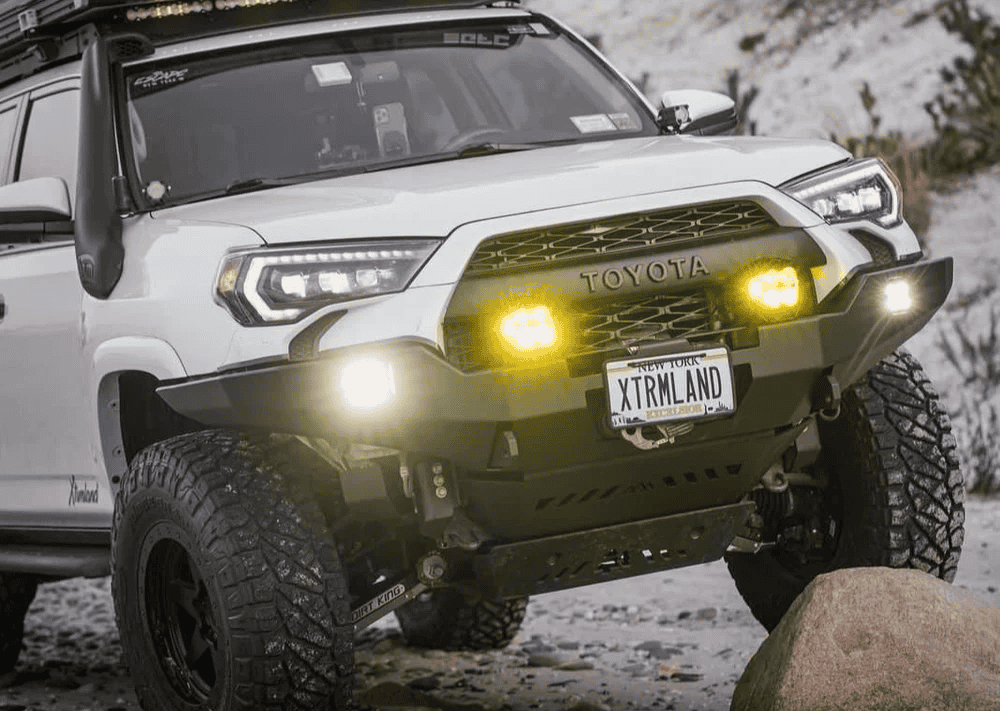Overland Vehicles

Ready to go describes a vehicle that can leave pavement today, handle rough tracks safely, and support life at camp without hookups. At minimum, that means dependable traction, measured suspension choices, all terrain tires, underbody protection, recovery tools, and a basic off grid kit for power, water, and shelter. The goal is balance. A rig should drive confidently on the highway, flex on uneven terrain, and set up camp fast. Too much lift or weight can make it worse everywhere, while too little prep limits where you can responsibly travel. The right build feels composed on washboard, controlled on climbs, and simple at camp.
Common foundations include midsize pickups, full size trucks, body on frame SUVs, and high roof vans. Four wheel drive with a low range is ideal for remote routes, while modern all wheel systems with proper tires can handle many gravel networks. Consider factory payload ratings and axle capacities early. Payload disappears fast once you add armor, drawers, roof gear, water, and people. Diesel or gas both work if you plan fuel carefully. The smartest choice is the platform you can service easily where you travel.
A coherent build starts with tires and suspension, then adds protection, recovery, and camp systems developed as a kit. Choose tires for your terrain first. A three peak mountain snowflake all terrain suits mixed travel, while heavier mud patterns help in deep clay or ruts at the cost of noise and rolling resistance. Suspension should match real weight, not wishlist estimates. Quality shocks with correct spring rates improve control and braking more than extreme lift heights.
Aim for two inches or less of lift on many platforms to preserve geometry and stability. Add high clearance bumpers only if your use demands approach and departure angles or a winch mount. Skid plates protect the vulnerable belly, and rock sliders save sills during breakover. Recovery fundamentals include a rated front recovery point or winch, soft shackles, a kinetic rope, traction boards, a shovel, and a way to air up and down. Train with this gear before you need it.
Electrical should be quiet, safe, and serviceable. A lithium house battery with a proper battery management system, fused distribution, DC to DC charging, and smart solar is a modern standard. Keep wiring tidy, labeled, and accessible. Water capacity between 10 and 20 gallons covers most trips if you pair it with filtration. Organize load with drawers or bins tied into the chassis and keep heavy items low and centered. A simple galley and a sleep platform that deploys quickly transform how often you get out.
When reviewing a purported ready to go build, ask for real weights at each axle, not just a guess. Confirm that gross vehicle weight, axle ratings, and tire load indexes remain within spec when the vehicle is fully loaded for travel. Examine install quality: grommets through bulkheads, abrasion protection on wires, sealed penetrations, proper torque on hardware, and service loops for future maintenance. Look for a single, thoughtful system rather than a pile of unrelated parts.
Brakes and cooling deserve attention if the rig carries significant weight or tows a small trailer. Range planning matters when tires and armor reduce fuel economy, so a larger tank or safe jerry can solution may be wise. Navigation and communication should be redundant: offline maps, paper backups, a satellite messenger, and a weather aware plan. A first aid kit you know how to use is not optional.
A short field shakedown exposes weak points faster than any spec sheet. Drive a washboard road, run a low speed obstacle, and camp two nights with the rig loaded as you will travel. Listen for rattles, check for rubbing, verify charge rates, confirm water flow, and track actual consumption. A ready to go overland rig should feel quiet, cool, and composed after those tests.
If you want a proven path from first idea to field tested rig, explore OZK Customs for tailored overland builds and service. See what a ground up approach looks like on the overland rigs page, then dig into options on custom overland upfit. Curious about culture and craftsmanship behind the shop? Start with why choose OZK Customs to see how client handoffs and support work.
Whether you choose a midsize pickup, a full size van, or a classic SUV, the checklist stays similar. Confirm payload math. Choose tires for your real terrain. Match suspension to actual weight. Protect the underside, secure recovery tools, and power your camp safely. If you prefer expert guidance and a single point of accountability, OZK Customs can plan, build, and hand you a rig that is truly ready to go.
We build overland rigs for travelers who value reliability, quiet cabins, and clean installs. Tell us how you roam, and we will make the rig match.
Ready to move from research to a dialed rig that fits how you actually travel? Talk with OZK Customs. Our team designs and builds overland rigs that balance capability, comfort, and reliability, then hands you the keys with a walkthrough at Adventure Point. Tell us your terrain, payload, and timeline, and we will map a build that just works. Start your build consult now.
ADDRESS:
6159 E Huntsville Rd, Fayetteville, AR 72701
PHONE:
(479) 326-9200
EMAIL:
info@ozkvans.com